28 February - 30 May
I Do Not Ask Any More Delight: the body and contemporary intimacy
Luke Abby
Kenyatta Bosman
Adam Chuck
Scott Csoke
Patrick Donovan
Clarity Haynes
Stephen Irwin
Nina Kersey
Clifford Prince King
Jordan Lanham
Thaniel Ion Lee
Mychaelyn Michalec
Gabriel Pessoto
Chris Radtke
LaNia Roberts
Christian Schoeler
Brandon Shaw
Rafael Soldi
Kevin Warth

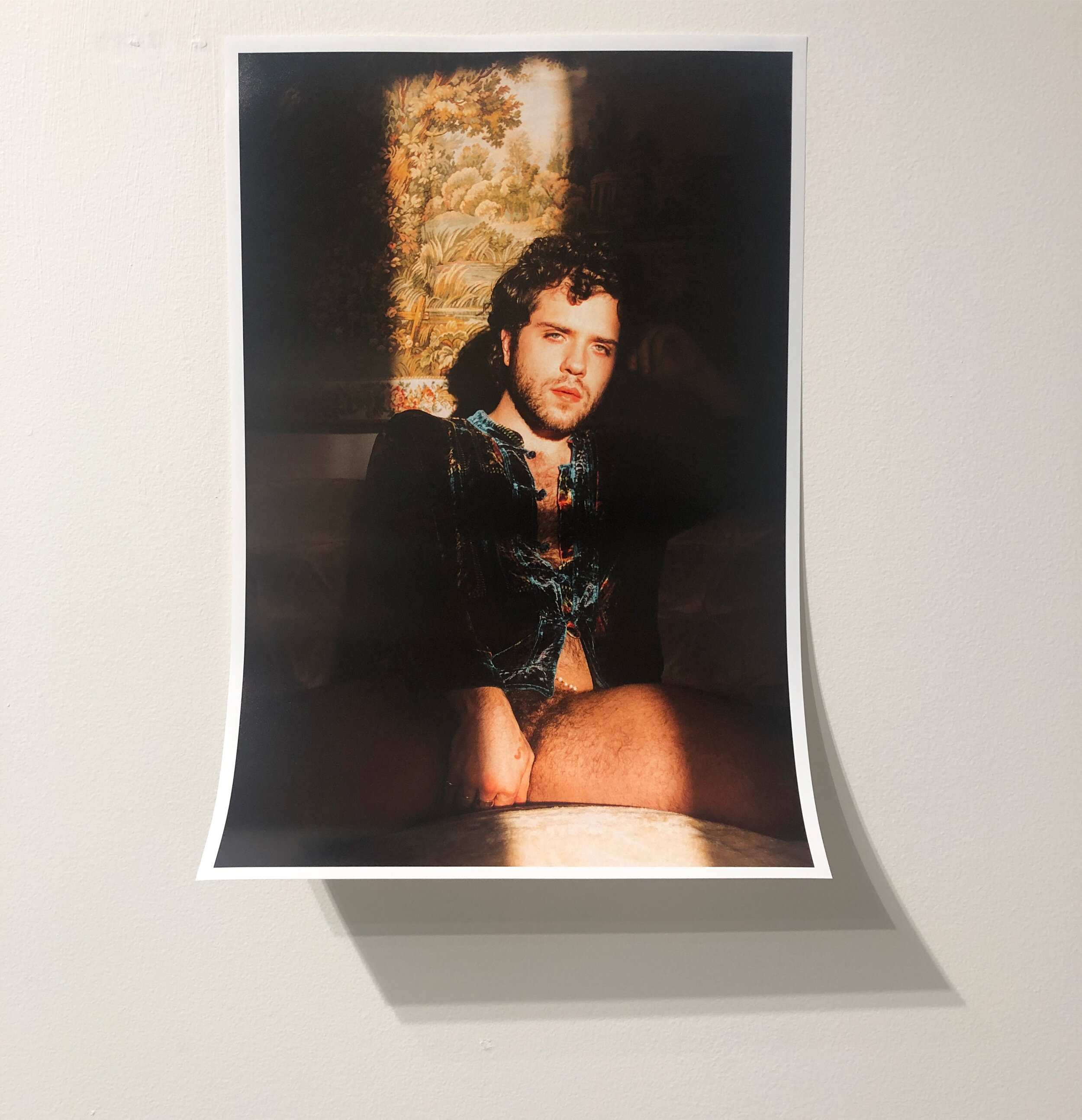
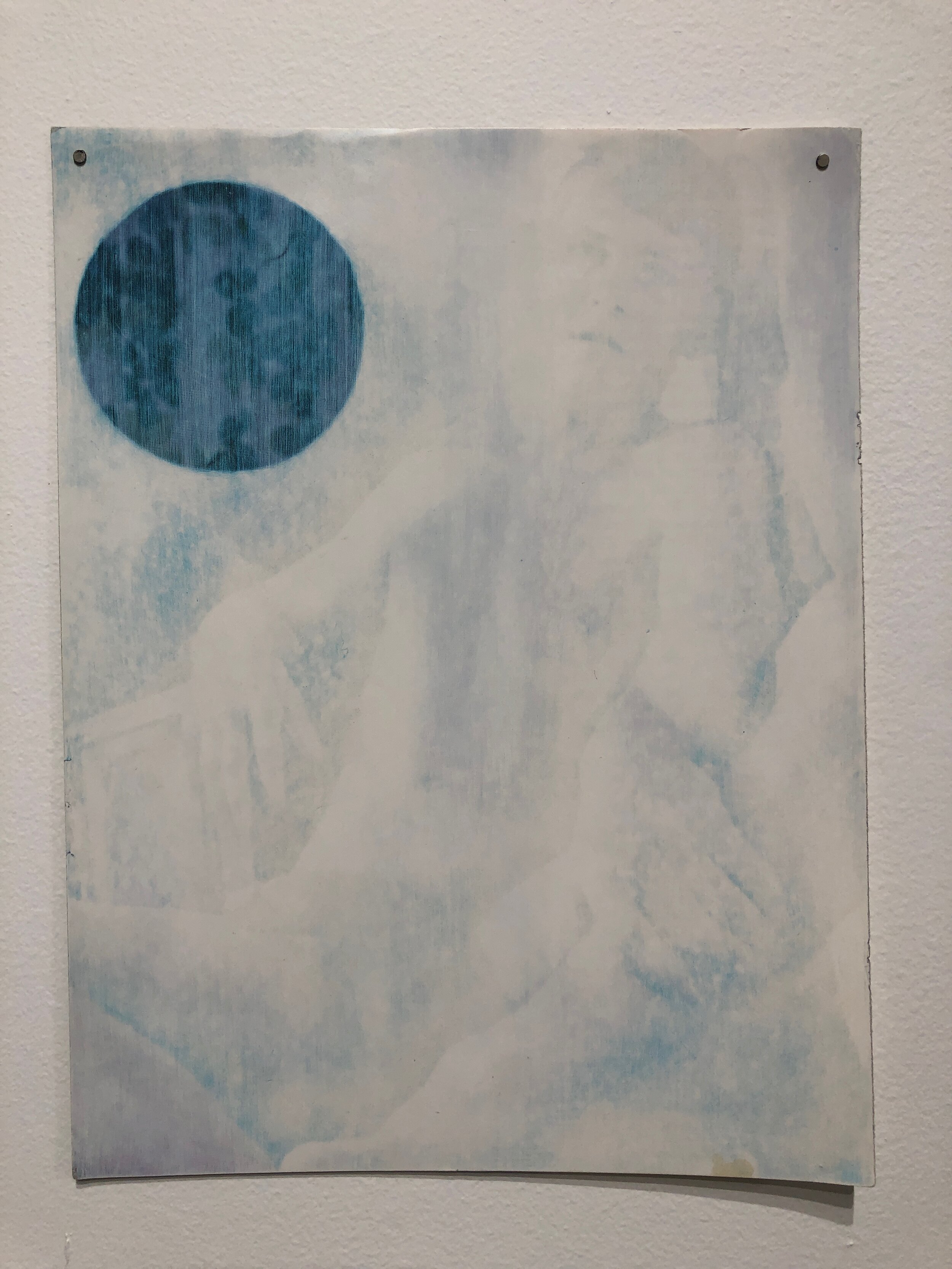
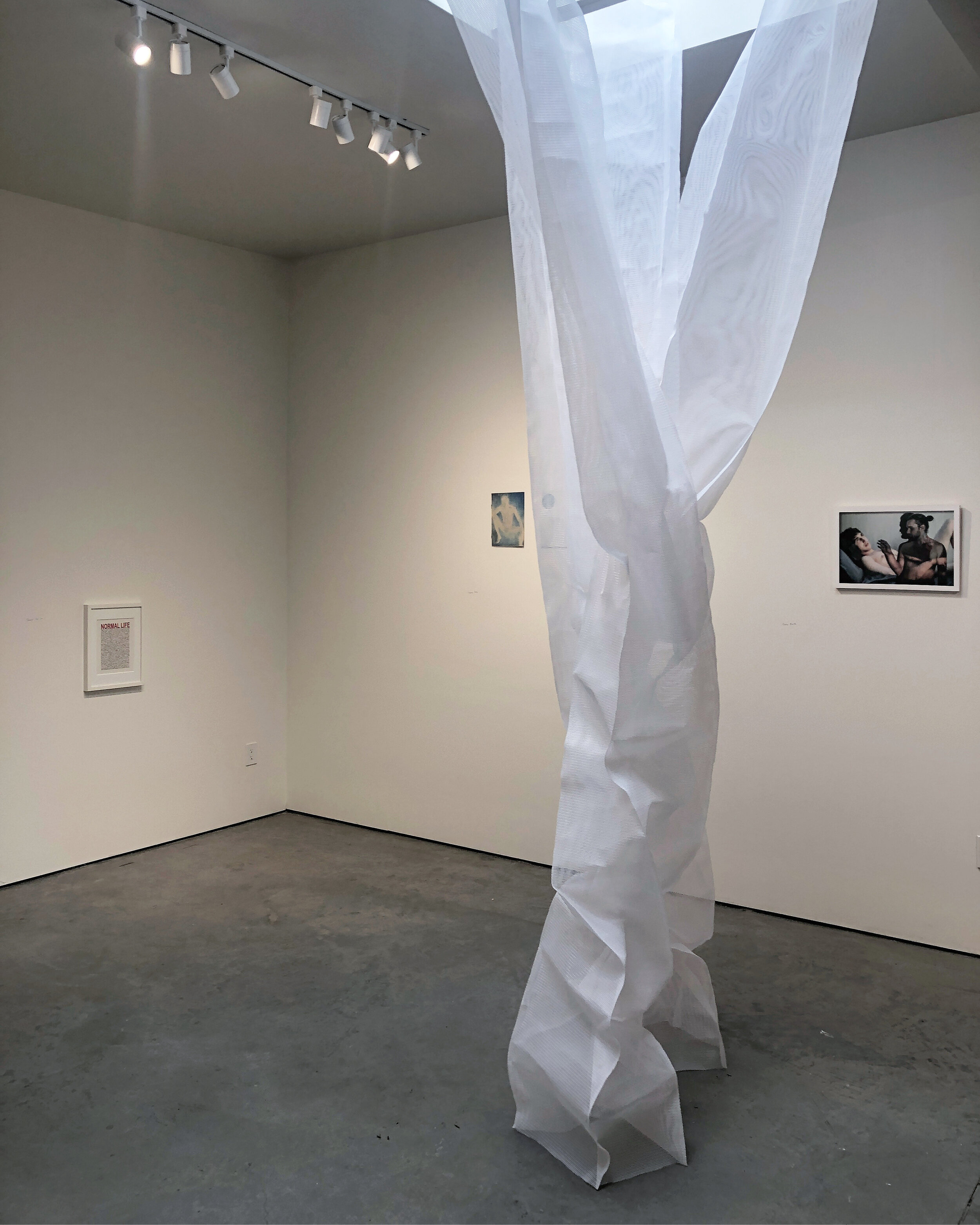
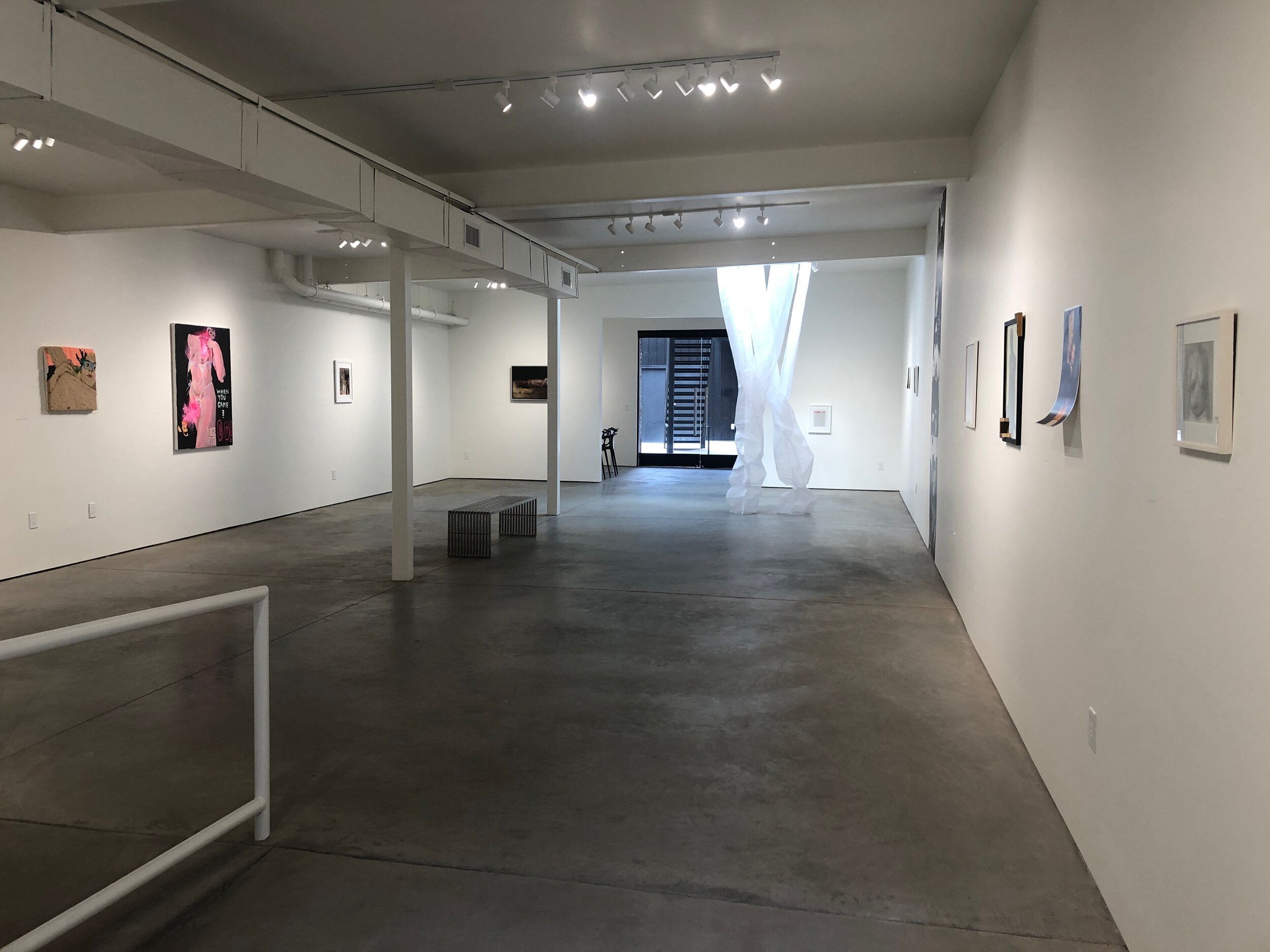
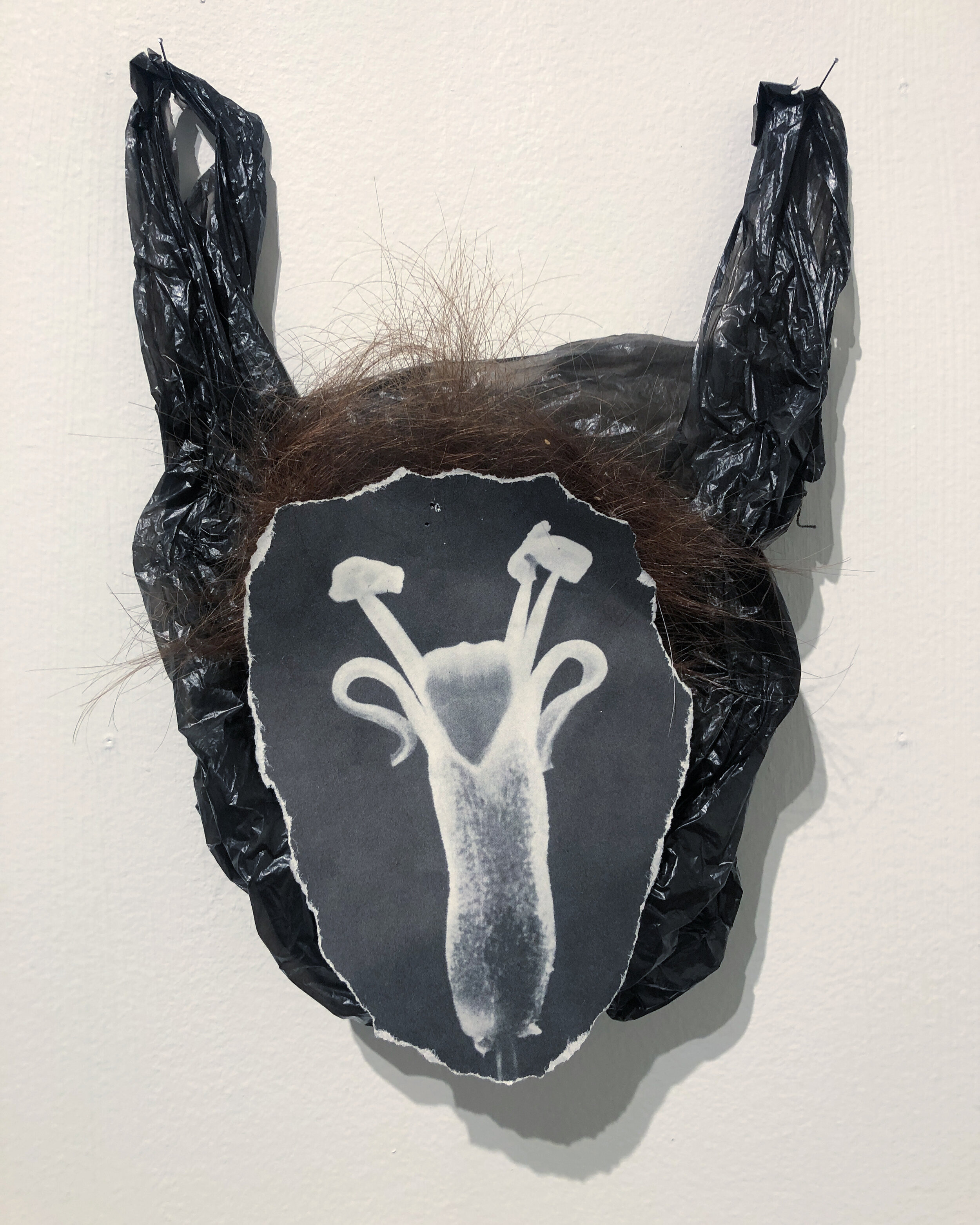
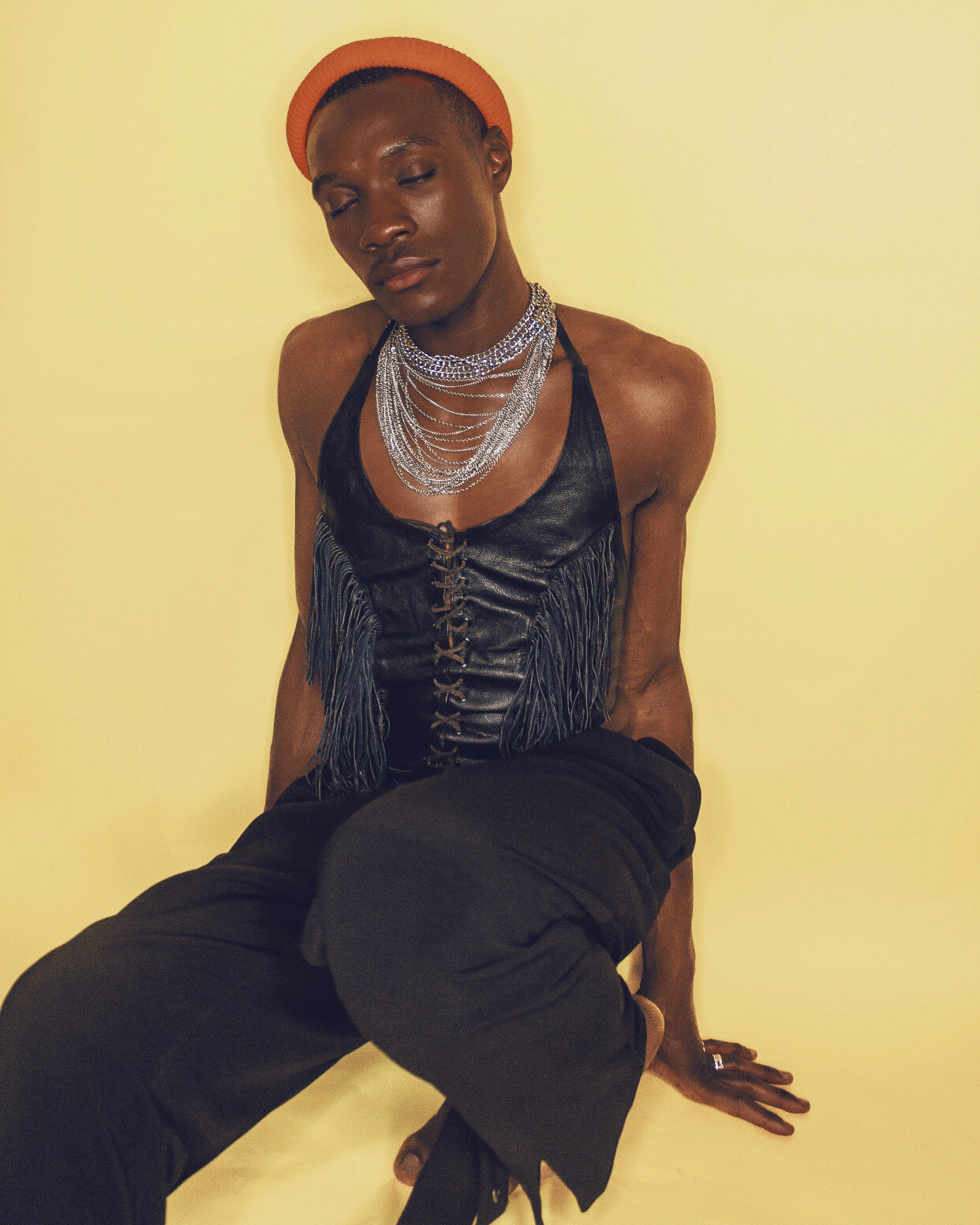



I have perceiv’d that to be with those I like is enough,
To stop in company with the rest at evening is enough,
To be surrounded by beautiful, curious, breathing, laughing flesh
is enough,
To pass among them or touch any one, or rest my arm ever so
lightly round his or her neck for a moment, what is this then?
I do not ask any more delight, I swim in it as in a sea.
- Walt Whitman, “I Sing the Body Electric,” Leaves of Grass, 1855
Quappi Projects is pleased to present I Do Not Ask Any More Delight: the body and contemporary intimacy, a group exhibition featuring nineteen diverse artists from Louisville, New York City, Brooklyn, Los Angeles, Dayton, Seattle, as well as Germany and Brazil.
One of the most important functions an artist performs is that of a guide capable of intrepidly leading us into uncomfortable territories, an idea Louise Bourgeois conveyed when she said “An artist can show things that other people are terrified of expressing.” What feels dangerous in the world beyond the gallery or the studio often feels safe to examine within it; such is the case with the human body. Our bodies are paradoxes: omnipresent and undeniable, at once unavoidably public, yet also often protected, hidden, or something of which we are made to feel ashamed. The human body as an artistic subject feels extraordinarily familiar but can also still elicit intense responses; when one considers this dichotomy, such a customary theme remains alluring.
Utilizing various and disparate means including self-exposition, humor, desire, science, and technology, the artists included in this exhibition employ the human body as an instrument to examine intimacy, touching upon ideas concerning race, ethnicity, sexuality, gender, identity politics, what it means to have a “standard body,” and even existential questions. Each of these artists are either members of the LGBTQIA+ community, women, of color, immigrants, persons with disabilities or some combination thereof. So often difference or otherness is used to foment division; here we see individuality celebrated as a way to connect, to see and be seen as whole beings. In instances where there may be glorification of the body, it is for its own sake and with an acute sense of agency rather than to satiate the desires of anyone else.
That sense of agency is a common thread in these works. Some speak to the resurgence of figuration, whereas others demonstrate the ability to explore the body through abstraction. The personal and the private intersect with the social and the political. LaNia Roberts, Kevin Warth, Brandon Shaw, and Scott Csoke use self-portraiture as a vehicle for constructing and exploring identity. Clarity Haynes, Thaniel Ion Lee, and Mychaelyn Michalec address the how the body and its traumas, large and small, manifest and exist in the every day. Rafael Soldi’s work navigates the complexities of youth, power, desire, cruelty, physical contact, and how sometimes those things can confusingly overlap. Chris Radtke utilizes science as a means to survey the body’s biology and find connectedness. The work of Adam Chuck, Gabriel Pessoto, Patrick Donovan, Clifford Prince King, Luke Abby and Kenyatta Bosman is unguarded and fearless in its vulnerability. Nina Kersey’s gargantuan sexualized figures confidently command the space they inhabit. Jordan Lanham’s wearable sculptures are made for performance, but even as presented in static form challenge the binary and question the ritual of disguise and revelation. Evanescent and painfully tender, the respective works of the late Stephen Irwin and the late Christian Schoeler remind us that while the physical nature of the body is indisputable, that physicality is not the limit of what makes us human.
Like the poem from which it originates, the exhibition’s title celebrates the human body in all its forms and derivations as well as the pairing of the physical and the soul. Body and soul - or if that word is problematic, we might say ineffable spirit - are neither separate from each other nor some corrupting force on each other. The two are, in a way, interchangeable; this interchangeability resounds in these works and, like Whitman one hundred and sixty-five years ago, we swim in the wonder of the feeling that our bodies, our selves, are enough and endlessly wondrous.
- John Brooks
